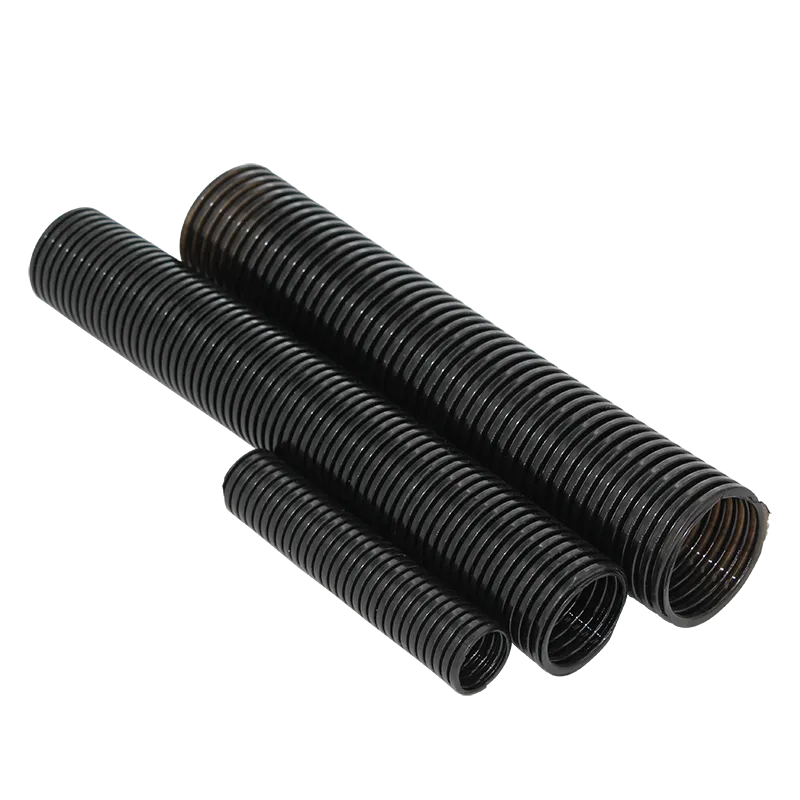closed drag chain
Understanding Closed Drag Chains An Essential Component in Modern Machinery
Closed drag chains, often referred to as cable carriers or energy chains, play a vital role in a variety of industrial applications. These systems are designed to protect and guide moving cables, hoses, and other flexible connections in machines and equipment, ensuring smooth operation and prolonging the lifespan of the components involved.
What Are Closed Drag Chains?
Closed drag chains are typically made of lightweight yet durable materials such as plastic or metal. They consist of interconnected links that form a continuous channel, through which cables and hoses can be routed. The closed design offers several advantages, including protection from debris, abrasion, and environmental factors, making them suitable for both indoor and outdoor applications.
Key Features and Benefits
1. Protection The primary function of closed drag chains is to shield cables and hoses from wear and tear caused by friction, dust, and other potentially damaging contaminants. This protective housing significantly reduces the risk of damage, which can lead to costly downtime and maintenance.
2. Guidance Drag chains provide a systematic route for cables and hoses, ensuring they remain organized and untangled. This prevents snags and entanglements that can occur in complex machinery, thereby enhancing the overall efficiency of operations.
3. Flexibility Closed drag chains are designed to accommodate a variety of cable and hose types. They can be tailored to fit specific applications, whether it’s in a manufacturing plant, robotics, or even in entertainment industries, where dynamic movement is required.
4. Space Saving By neatly housing cables and hoses within the drag chain, space is effectively utilized. This is particularly important in settings where equipment is densely packed, allowing for better organization and maintenance access.
closed drag chain

5. Durability Made from robust materials, closed drag chains can withstand the rigors of heavy use in demanding environments. They are engineered to resist high temperatures, chemicals, and UV rays, making them ideal for various industrial applications.
Applications of Closed Drag Chains
Closed drag chains are widely used in automated machinery, CNC machines, robotic arms, and conveyor systems. In the automotive industry, they are crucial for managing wiring and hydraulic lines. Similarly, in the aerospace sector, drag chains help manage the complex network of cables and hoses in aircraft machinery.
Moreover, as industries evolve with technology, the use of closed drag chains is expanding into new fields such as renewable energy, particularly in wind turbines where they protect cabling against environmental conditions.
Installation and Maintenance
Installing closed drag chains requires careful planning. It is essential to consider the type, weight, and movement of the cables or hoses being used to ensure compatibility and efficiency. Regular maintenance checks can help identify wear and tear before it leads to more significant issues. Proper installation and routine maintenance foster a longer lifespan for both the drag chain and the cables inside.
Conclusion
Closed drag chains represent an essential component in the machinery and equipment of modern industries. With their ability to protect, guide, and manage cables and hoses, they contribute significantly to operational efficiency and reliability. As technology continues to advance, the demand for these versatile systems will undoubtedly increase, firmly establishing their role as a backbone in the world of automation and machinery. Investing in high-quality closed drag chains can lead to better performance, reduced maintenance costs, and enhanced operational safety, making them a prudent choice for industries worldwide.








